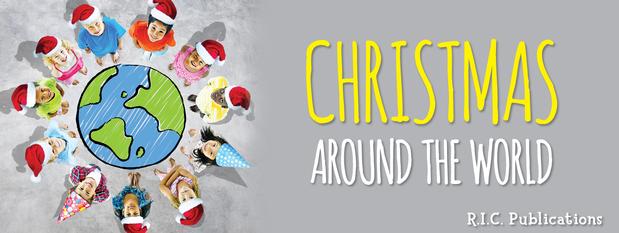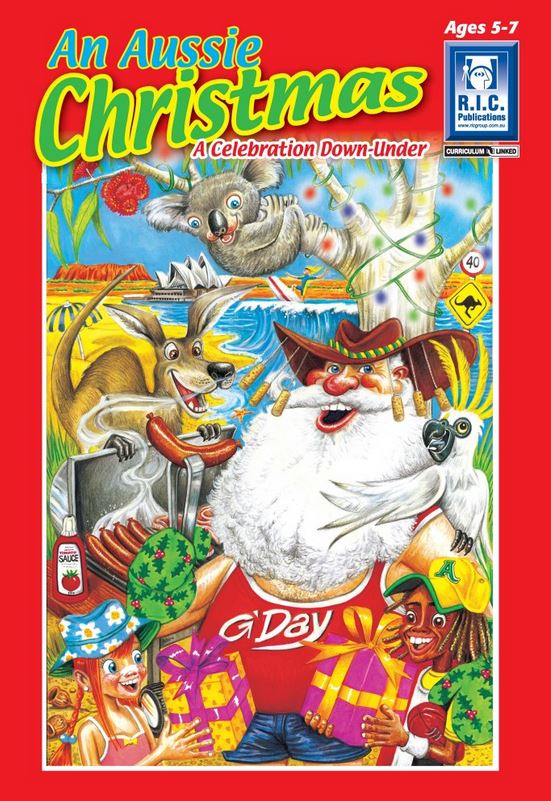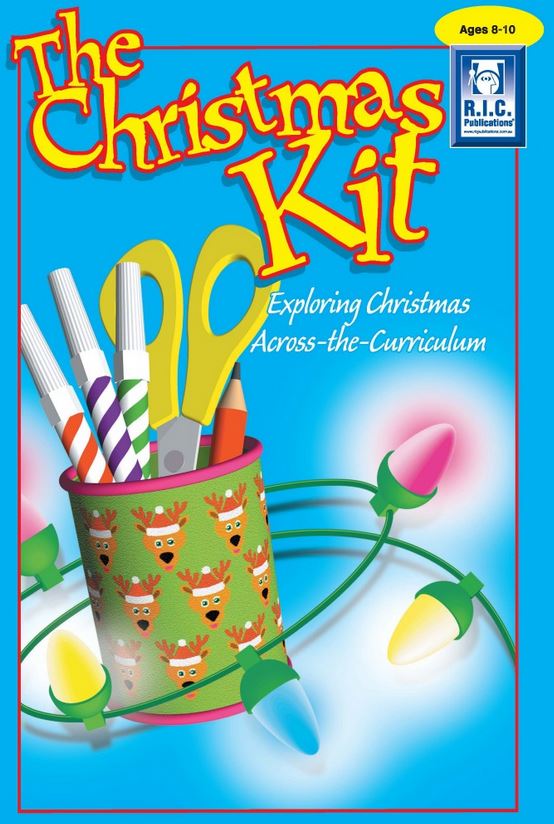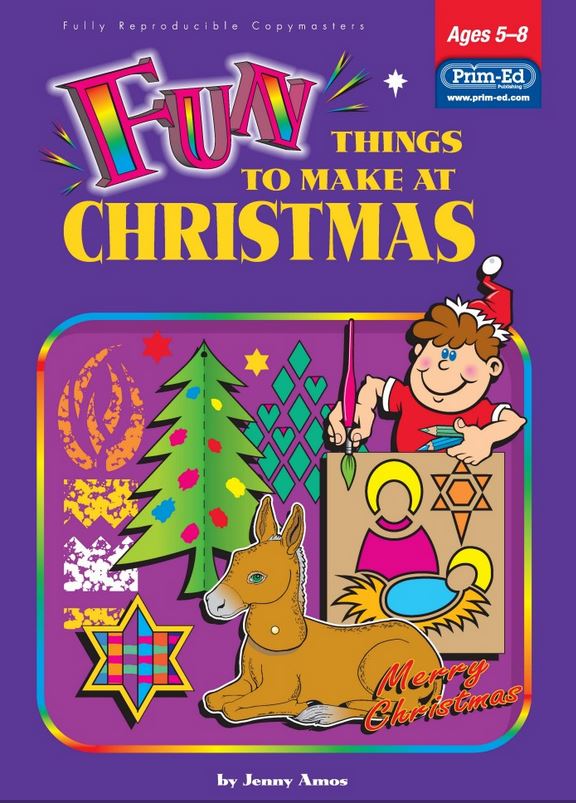- Thursday 22 November 2018
- 0 Comments
Before we know, it will be Christmas again. Cards will adorn classrooms and Christmas music will be played. All over the world there are similarities and differences in how Christmas is celebrated, from one continent to another. Each celebration should be appreciated for its geographical and cultural uniqueness.
Kwanzaa
In 1966, Maulana Karenga established a new holiday in an effort to honour and preserve the African American culture. The holiday became known as Kwanzaa, meaning ‘first fruits’ in Swahili. Kwanzaa begins on 26 December and lasts for seven days. It is celebrated by people all over the United States and Canada. Many of the elements of Kwanzaa are based on traditional African American celebrations, in which family and friends gather to give thanks, remember their ancestors, evaluate their lives, and plan for the future. During Kwanzaa, families think about the seven principles: unity, self-determination, collective work and responsibility, cooperative economics, purpose, creativity and faith. On each night of Kwanzaa, families honour a different principle. Kwanzaa candles are held in a special candle holder called a kinara. A kinara holds candles, one for each principle. One candle is black, three are red and three are green.
Activity - Kinara
You will need red, green, black, brown and yellow paint; sheets of white construction paper (23 cm x 30.5 cm); and paintbrushes. This project needs to be completed one student at a time. Use a paintbrush to paint one of the student’s hands brown, excluding their thumb. Press the student’s hand down onto the paper horizontally to make a print. Paint the index finger of their other hand red. Lay their finger down on the paper on the top left side of the kinara to make a print. Repeat this step twice, working your way toward the middle of the kinara. You will need to repaint the student’s finger in-between each print. Repeat this same step once more using black paint. The black fingerprint should be made in the middle of the kinara. Continue to repeat the same step three more times using green paint and working your way toward the right end of the kinara. Finally, have the student dip their thumb into the yellow paint and make thumbprint flames at the top of each candle.
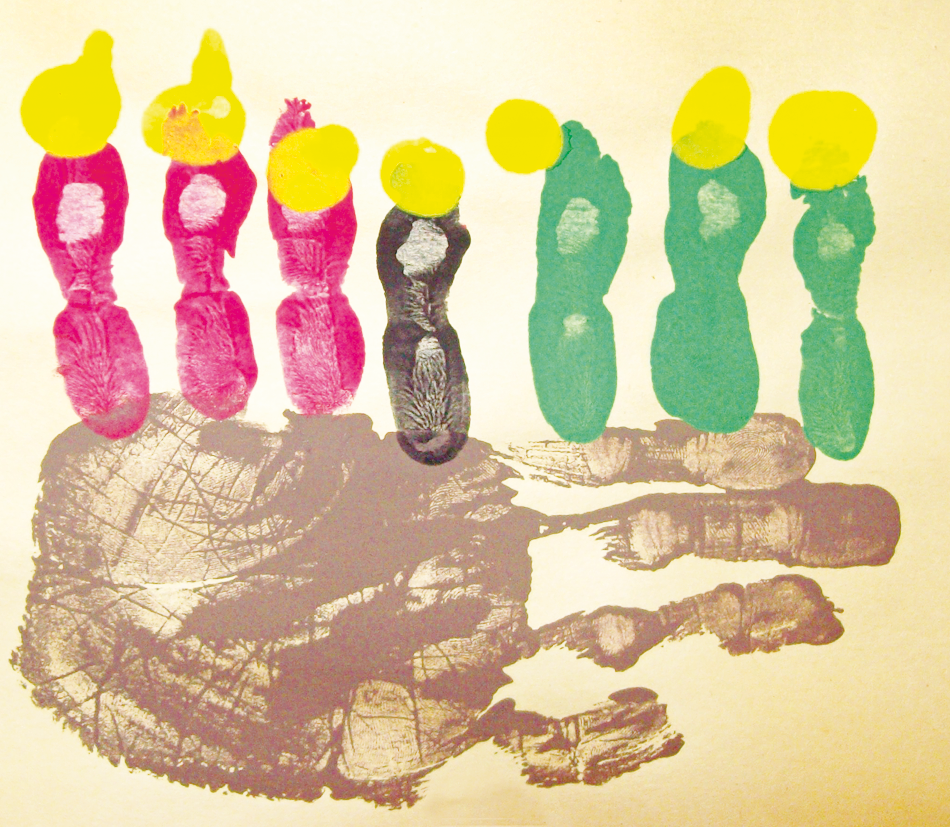
Christmas in Germany
German is the official language and their Christmas greeting is Frohliche Weihnachten, meaning ‘Merry Christmas’. The Christmas season in Germany starts at the beginning of Advent, four weeks before Christmas Day, and ends on 6 January, or Three Kings Day. In Germany, Christmas trees are an important symbol of Christmas. The Germans were the first to use trees as a symbol for Christmas. The German word for fir tree (the Christmas tree) is tannenbaum.
Activity – Tannenbaums
You will need white paint, empty thread spools, blue construction paper (23 cm x 30.5 cm), green and brown construction paper, scissors and glue. Give students pre-cut green triangles, or have them cut out their own. Have students glue three or four green triangles onto their blue sheet of construction paper. Next, have them glue on brown rectangles for the tree trunks. To make snowflakes, have students dip an empty thread spool into white paint, press it onto the paper, and make prints on top of the trees and all over the blue construction paper. Use spools in various sizes to add as many snowflakes as you like.
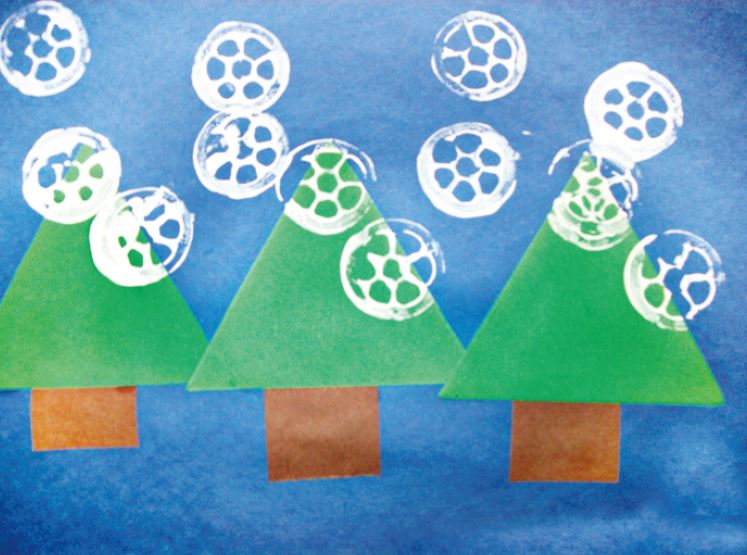
Christmas in Sweden
The official language is Swedish and their Christmas greeting is God Jul, meaning ‘Good Christmas’. St Lucia Day, which falls on 13 December, marks the beginning of the Christmas season. This holiday honours St Lucia, a 4th century saint who carried food and drink to hungry Christians in underground tunnels around Italy. To light the way she wore a wreath of candles on her head. Early in the morning on 13 December, the oldest daughter in the house dresses in a white gown with a red sash and wears a crown of evergreens and lit candles.
Activity – St Lucia Day Crown
You will need 5 cm x 15.5 cm green construction paper strips, green construction paper leaves, white construction paper candles, yellow construction paper candle flames, glue and a stapler. Fit green construction-paper strips around each girl’s head and staple the ends to form an ‘evergreen crown’. Have girls add green coloured leaves, candles and flames around the crown. Allow to dry.
See the Christmas around the world article for a complementary boys activity.
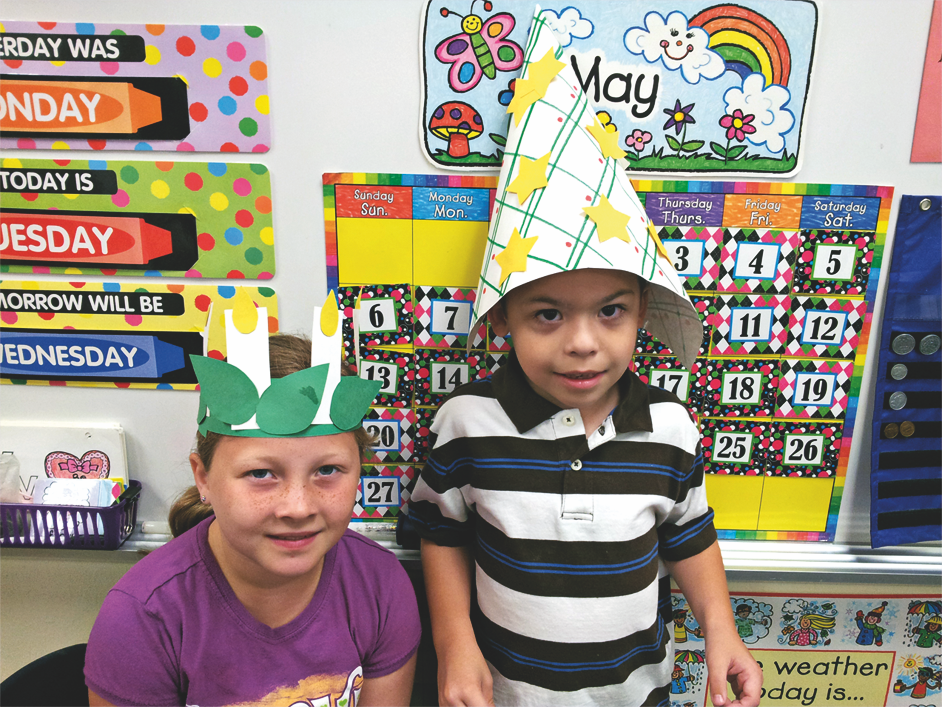
Hanukkah
Hanukkah is a Jewish holiday which celebrates the victory of the Maccabees over the Syrians. Hanukkah begins on the twenty-fifth day of the Hebrew month of Kislev, which falls within the months of November and December. During the eight-day celebration, Jewish families light a special candelabrum called a menorah. At sundown on the twenty-fourth day of Kislev the first candle is lit, along with the Shamash (attendant) candle. Each evening another candle is lit until all nine candles are burning together. The menorah represents the miracle of light which came from the Maccabee's lamp that continued to burn for eight days on only one day's worth of oil. Hanukkah is sometimes called the 'Festival of Lights'.
Activity – Menorah
You will need yellow and blue paint, pre-cut menorah shapes made from yellow construction paper, white construction paper (23 cm x 30.5 cm), paintbrushes and glue. Have students glue the menorah shape onto the bottom half of their white sheet of construction paper. You will need to do the following step one student at a time. Use a paintbrush to paint the student’s right hand blue. Lay his or her painted hand on top of the right side of the menorah, with the thumb print in the middle of the menorah. Press down onto the paper to make a print. Use a paintbrush to paint the child’s left hand blue. Lay his or her painted hand on top of the left side of the menorah. The thumbprint will overlap the thumbprint that is already on the paper so that there are only nine candles on the menorah. Press down onto the paper to make a print. Allow to dry. Then have students dip their thumb in yellow paint and make thumbprint flames at the top of all nine candles.
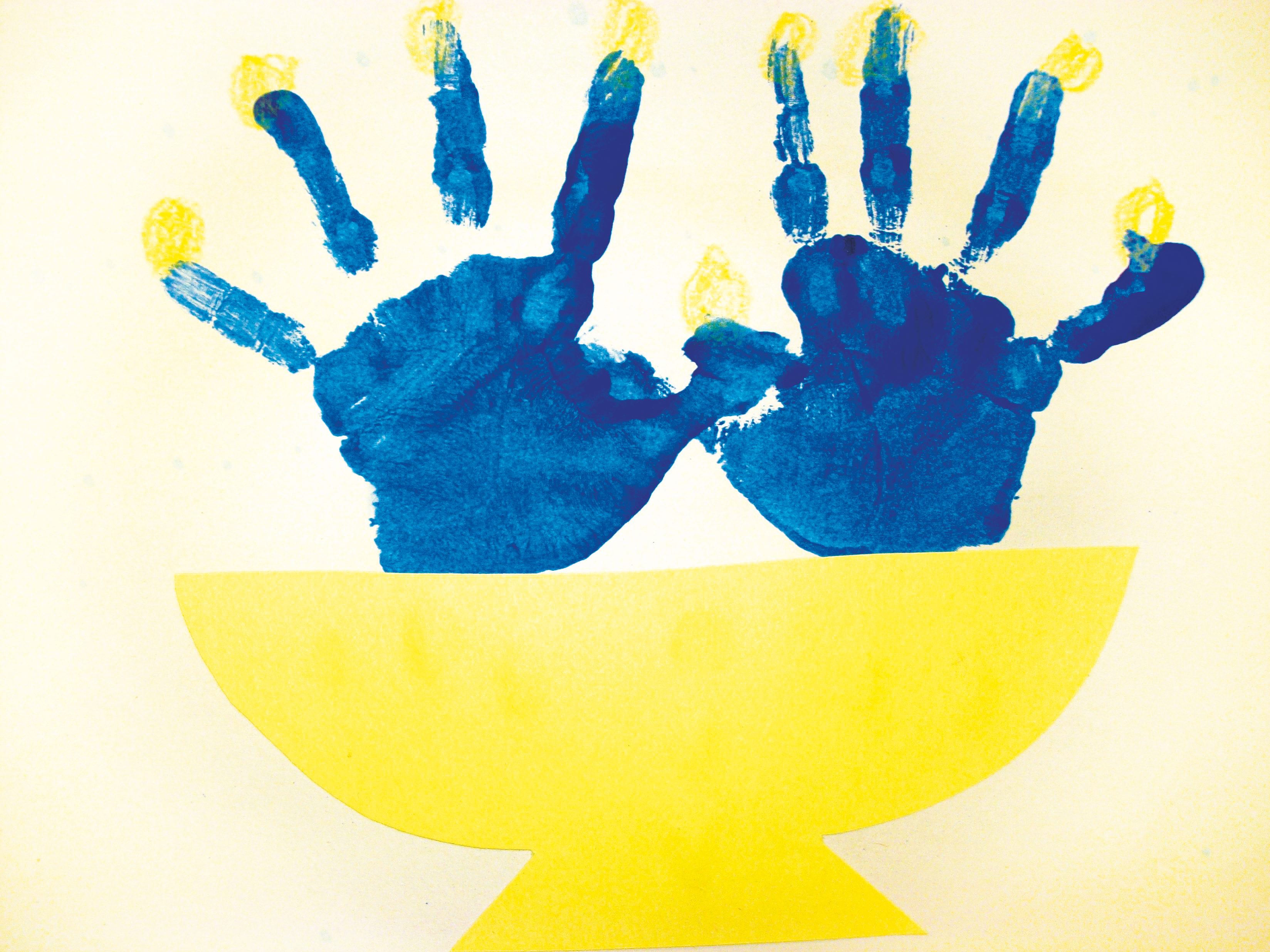
This article is an extraction from 'Christmas around the world' by April Larremore, published in Class ideas K-3 #63.
Download this article as a PDF here.
For more ready-to-use Christmas activities check out our range below!
